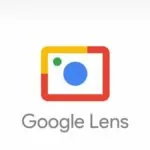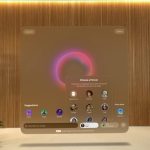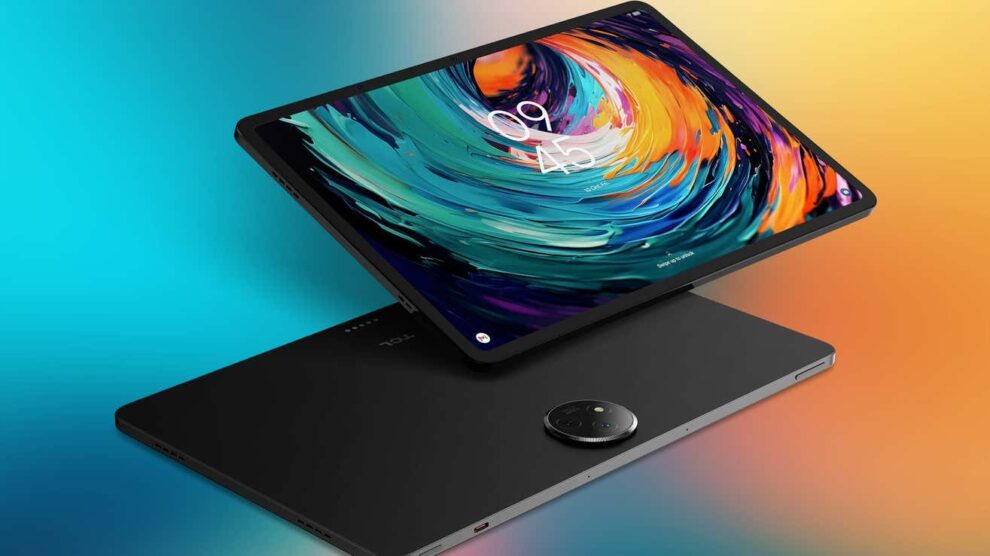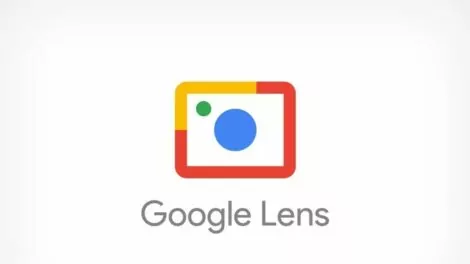The promise of fusing analog simplicity with digital versatility inches closer thanks to TCL’s new Nxtpaper display technology bringing remarkably paper-like tactile feedback to modern mobile devices.
This clever innovation from the Chinese consumer electronics behemoth aims to upgrade limited laptops, phones and tablets with unique screens featuring natural dynamic texture, anti-glare coatings and paper-inspired performance respectively.
But does this next-generation technology meaningfully enhance practical digital reading experiences while retaining function?
Life-Like Tactility and Reflectivity Recreates Physical Newspapers
Upon first glance, Nxtpaper’spaper-sourced visual properties prove immediately palpable even through product images, dynamically reflecting light just like print media.
Yet images fail capturing the display’s secret masterstroke – a subtle uneven surface analyzed mimicking delicate paper microscopic bumps convincingly recreated each pixel refresh.
This ingenious illusionlinstantly unlocks forgotten haptic feedback sensations making digital reading Kerry tangible and derivative through finger-gliding friction proven comprehensively more immersive.
Matte Anti-Glare Coatings Prevent Eye Fatigue
But TCL’s obsessive paper prototyping and optical chemistry investments pay additional optical dividends beyond mesmerizing tactility.
An integrated low-reflectivity coating achieves mantle-like diffusion properties significantly attenuating glares and blue light exposure risks commonly inducing headaches after prolonged digital reading sessions.
So consumers specifically benefit from enhanced environmental image clarity complete with reduced eyestrain – two welcome improvements over traditional backlit displays.
Peeking Behind the Page Turning Magic
Amazingly, Nxtpaper’s shape-memory induced paper disguises house traditional TFT-LCD hardware without interference while introducing minimal complexity and battery life impacts.
Manufacturing processes tightly adhere matte anti-glare polymer film atop panel layers actualizing gritty texture through thermally-controlled nano-imprint embossing.
This allows dynamically morphing rigid display foundations into convincingly malleable paper doppelgängers supporting all traditional multimedia functionally uninhibited.
Vast Promise Beyond Just eReading Applications
And that broad retaining support for colors and refresh rates cradles vast possibilities reaching exponentially beyond mere monochromatic eReading use cases in both form and function.
One can easily envisage Nxtpaper displays gracing digital magazine layouts, textbook platforms, mixed reality environments, automotive human-machine interfaces and electronic product industrial design blueprints alike in the future.
TCL clearly demonstrates early confidence in multi-category versatility merits through aggressively deploying Nxtpaper across multiple screen sizes catering to smartphones, laptops and various scale tablets simultaneously.
The Road Ahead: Mainstreaming Organic Interfaces
Commercialization kickstarting in 2023 intends laying critical early groundwork ultimately familiarizing consumers with desirability benefits inherent to organic user interfaces melding physical environmental elements with computing capabilities.
This early strategic foothold deployment also conveniently allows TCL simultaneously honing manufacturing processes while increasing production scales in tandem with customer demand spreading public awareness regarding technology advantages.
Gradually such purist digital experiences blending natural advantages with electronics power stand positioned abolishing long-held consumer perceptions of cold, clinical computing appliances over next half-decade.










Add Comment